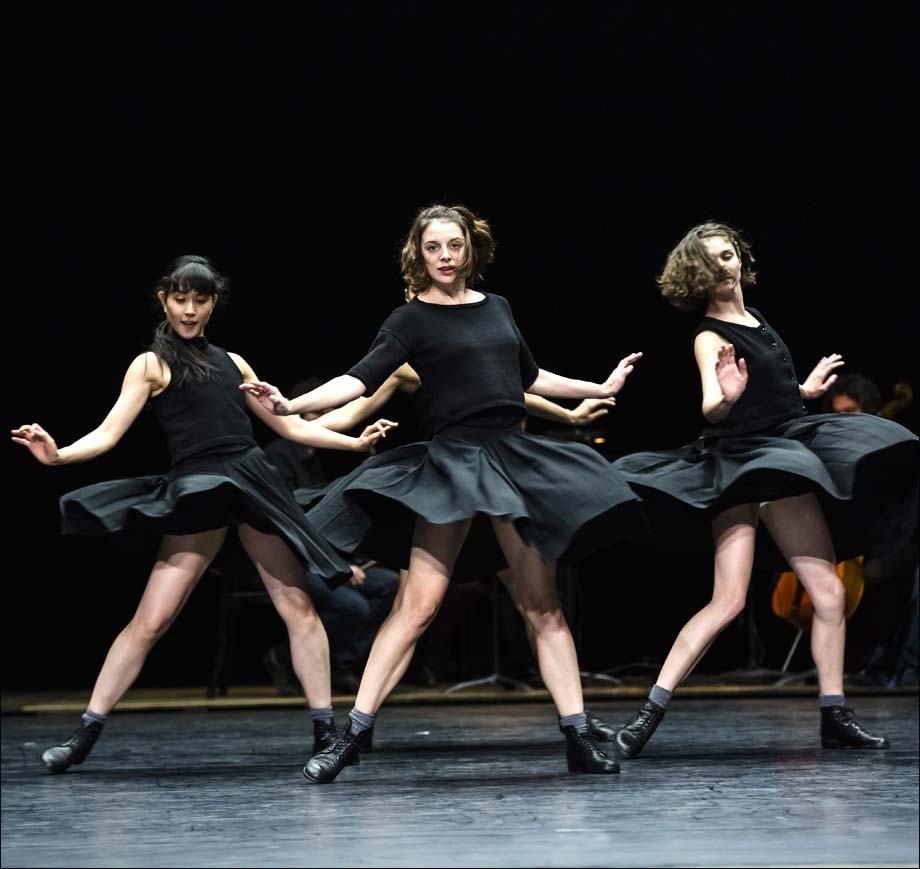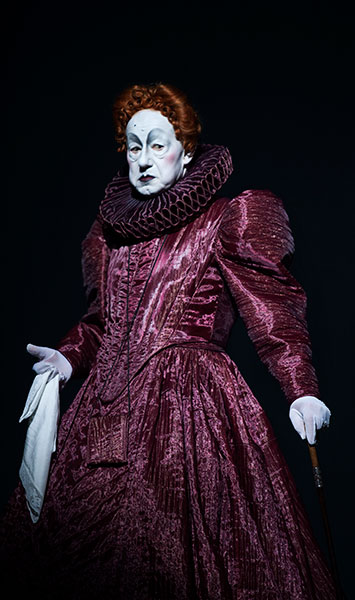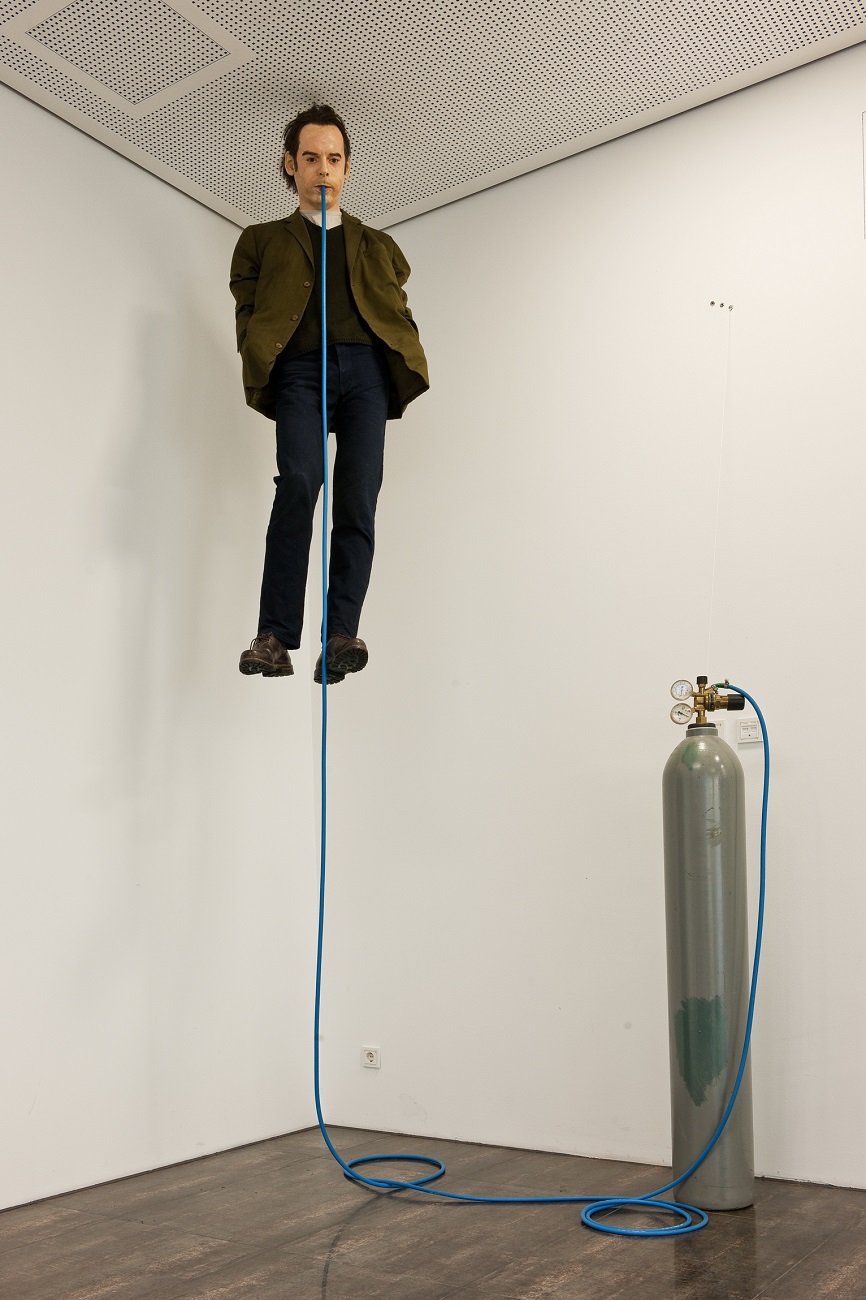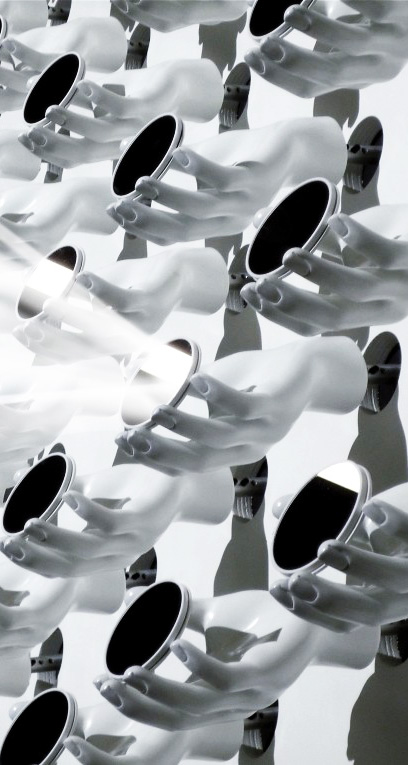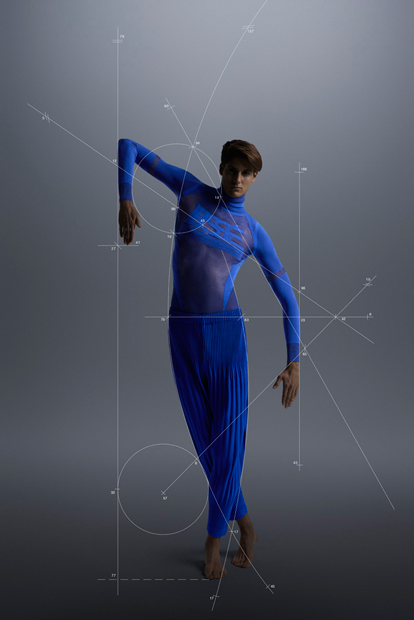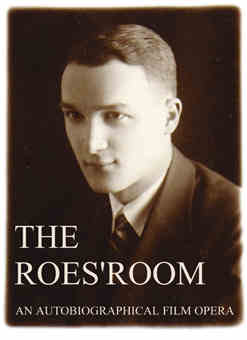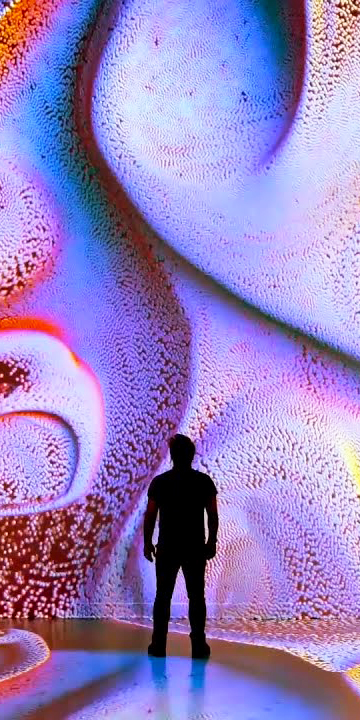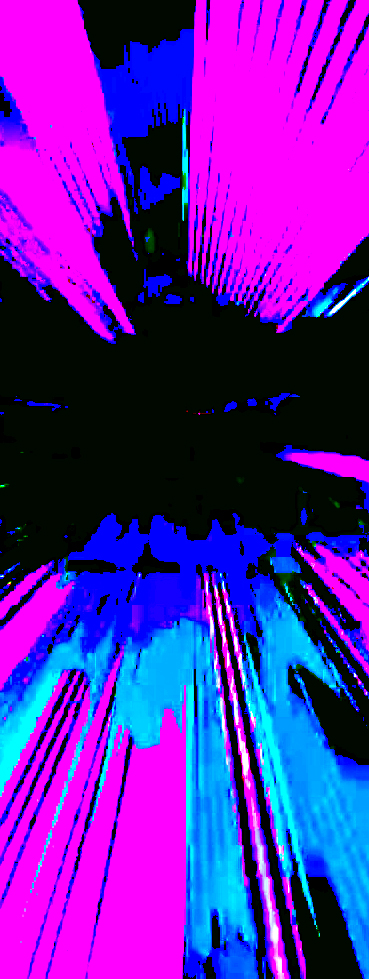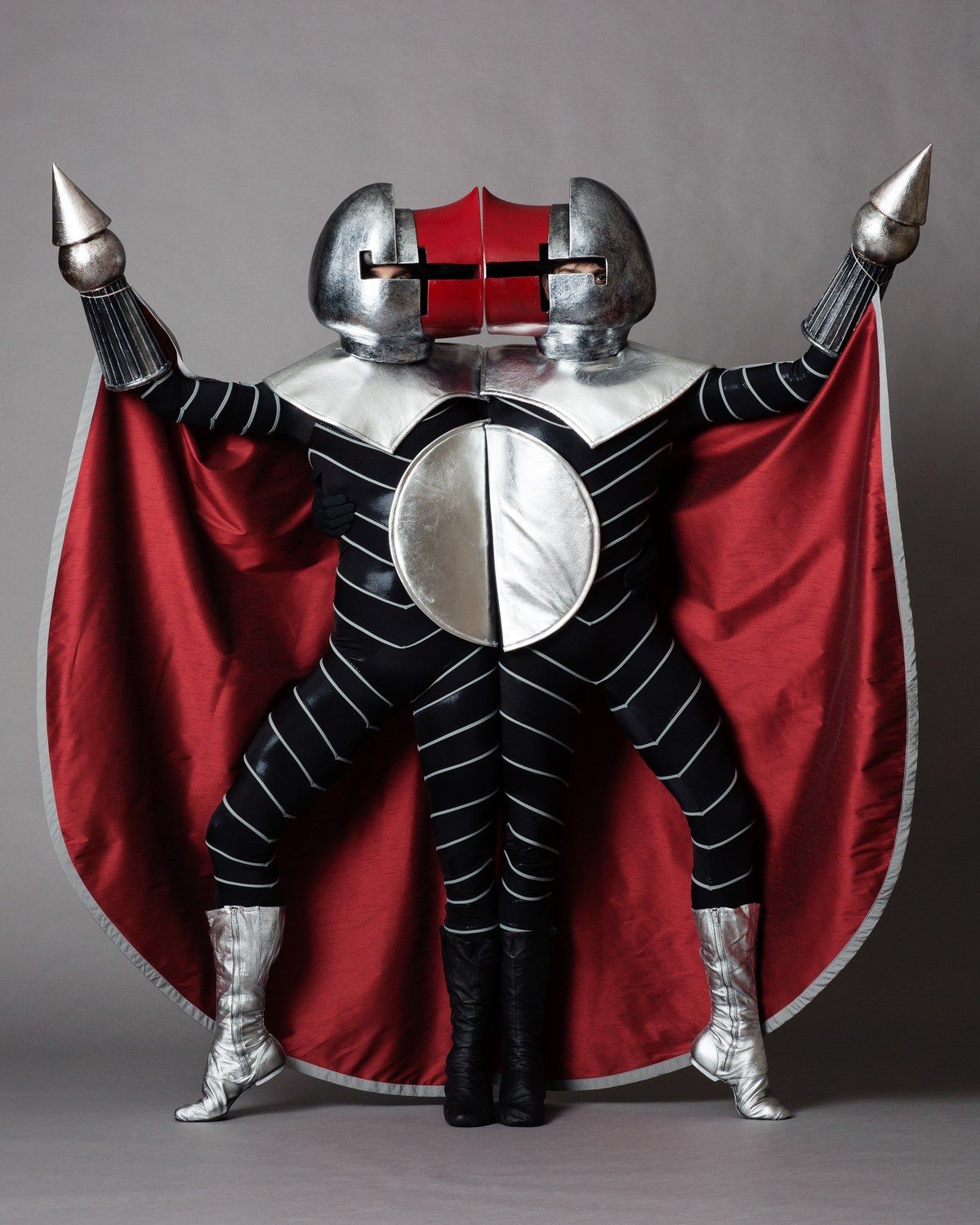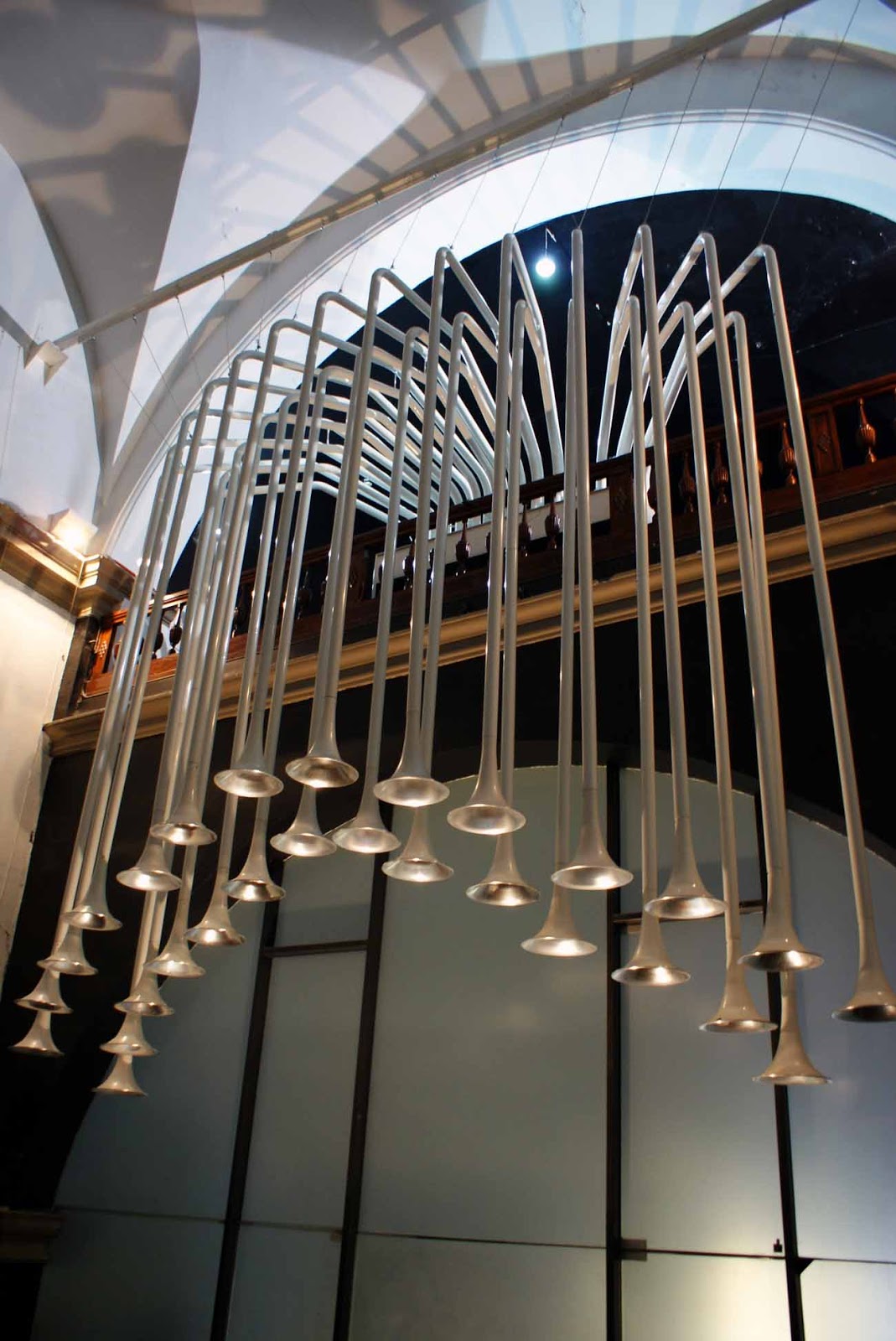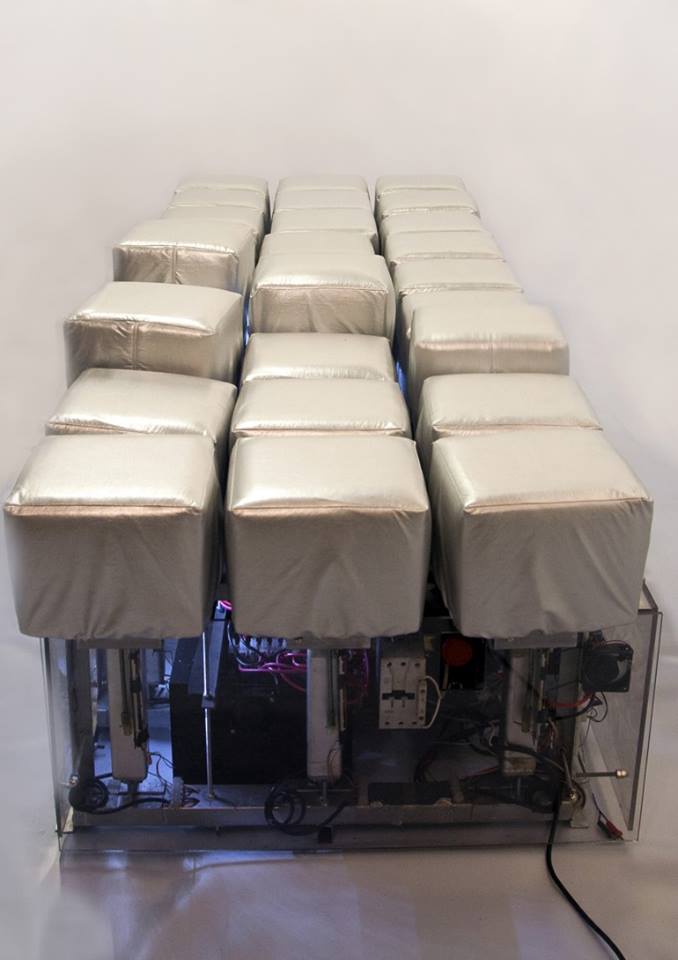Шахира Хаммад
Asemic Forest – Westbahnhof Train Station
Dieses Projekt stellt meine Diplomarbeit für das Postgraduiertenprogramm „Übermäßig“ an der Fachhochschule Wien 2012 dar. Wir wurden gebeten, uns einen neuen Bahnhof für Wien vorzustellen, der den bestehenden Westbahnhof entweder modifizieren oder ersetzen würde. Ich entschied mich dafür, das bestehende Gebäude beizubehalten, es aber mit Strukturen zu kontaminieren, die eine Komplexität ausdrücken würden, die jetzt fehlt. Meine Intervention war sowohl von der Natur als auch von der Kultur inspiriert und beabsichtigt, über ihre polemischen Eigenschaften hinaus das zurückzubringen, was in der Wissenschaft als spontane Ordnung bezeichnet wird. Dies ist keine Störung im gesunden Menschenverstand, obwohl sie dieses Aussehen haben könnte. Es ist offensichtlich eine Reaktion gegen übermäßigen Rationalismus und Rationalisierungen. Ja, es ist übertrieben, aber im Wesentlichen versucht es nichts anderes, als die in der Natur vorhandenen Komplexitäten in das städtische Gefüge zu bringen. In gewisser Weise ist mein „Projekt“ nicht wirklich ein „Projekt“, da ich das, was ich mir vorgestellt hatte, fast von selbst „natürlich“ entstehen ließ und nicht nur äußere, sondern auch innere Realitäten zum Ausdruck brachte. Wir könnten sagen, dass dies vielleicht ein epimethisches Werk ist, im Gegensatz zu Promethean, dh ein Werk, in dem das Denken danach kommt. Das Verhältnis zwischen Ursache und Wirkung ist also kreisförmig und nicht linear. Alles in allem ist dies eine architektonische Meditation über Auch die Zeit, da die Strukturen, die ich mir vorgestellt habe, Metamorphose, Zeitablauf, Veränderung, Vergänglichkeit und sogar Verfall widerspiegeln… Themen, die wiederum von herkömmlichen Architekturen vernachlässigt werden. Wenn das Chaos seiner negativen Konnotationen beraubt wird, haben wir vielleicht wieder die Chance, die positiven Aspekte der sogenannten „spontanen Ordnung“ zu erreichen.
